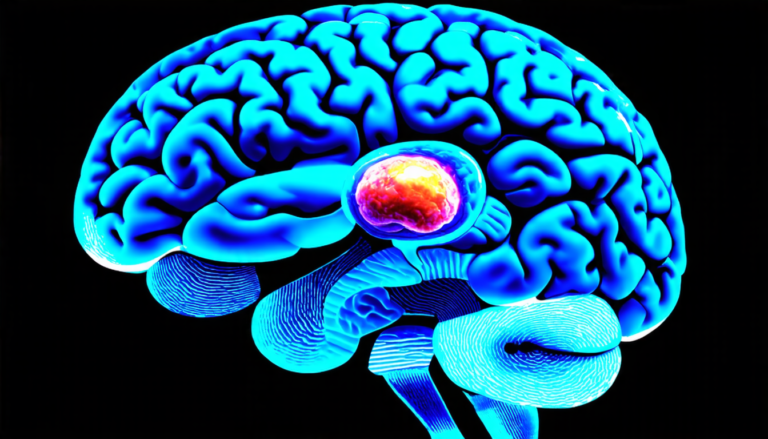Wednesday 21 May 2025
For decades, scientists have been trying to crack the code of human decision-making. How do we make choices when faced with uncertainty? Is it purely rational or does our brain play tricks on us? A new study sheds light on this complex puzzle, offering a fresh approach that could revolutionize our understanding of human behavior.
The researchers took inspiration from Prospect Theory, a psychological framework developed in the 1970s. It posits that people’s decisions are influenced by how they perceive risks and rewards, rather than purely objective factors like probability and utility. This theory has been incredibly successful in explaining many real-world phenomena, such as why people tend to avoid taking risks when faced with losses.
However, Prospect Theory has its limitations. One major issue is that it relies on complex mathematical models, making it difficult for non-experts to understand or apply. Moreover, these models can be brittle and prone to local minima, which means they may not always accurately capture human behavior.
Enter the symbolic approach. Instead of relying on abstract mathematical formulas, this method uses interpretable features that are directly aligned with psychological constructs. Think of it like building a bridge between the abstract world of mathematics and the concrete world of human experience.
The researchers created a symbolic model that incorporates key concepts from Prospect Theory, such as framing effects, loss aversion, and probability distortion. They then used this model to predict how people would make decisions in various scenarios, including risk-taking and choice under uncertainty.
The results were impressive. The symbolic model not only matched the performance of more complex mathematical models but also provided clear insights into human decision-making. For example, it accurately captured the reflection effect, where people tend to take more risks when faced with losses than gains.
This study has significant implications for fields such as finance, insurance, and healthcare, where decisions under uncertainty are critical. By using a symbolic approach, researchers can develop more interpretable models that are easier to understand and apply in real-world settings.
The beauty of this research lies not only in its technical advancements but also in its potential to democratize decision-making. By making psychological insights more accessible and understandable, we can empower people to make better choices in their personal and professional lives.
As researchers continue to refine this approach, we may uncover new ways to understand human behavior and make more informed decisions. The symbolic model offers a promising path forward, one that bridges the gap between theory and practice, math and psychology, and ultimately, helps us navigate the complexities of everyday life.
Cite this article: “Cracking the Code of Human Decision-Making”, The Science Archive, 2025.
Human Decision-Making, Prospect Theory, Symbolic Approach, Risk-Taking, Loss Aversion, Probability Distortion, Framing Effects, Reflection Effect, Uncertainty, Choice-Making







